Balancing Sweetness in Sernik Cheesecake
11 min read Discover how to perfect sweetness levels in sernik cheesecake, enhancing its rich flavor and traditional appeal in Polish cuisine. July 20, 2025 00:05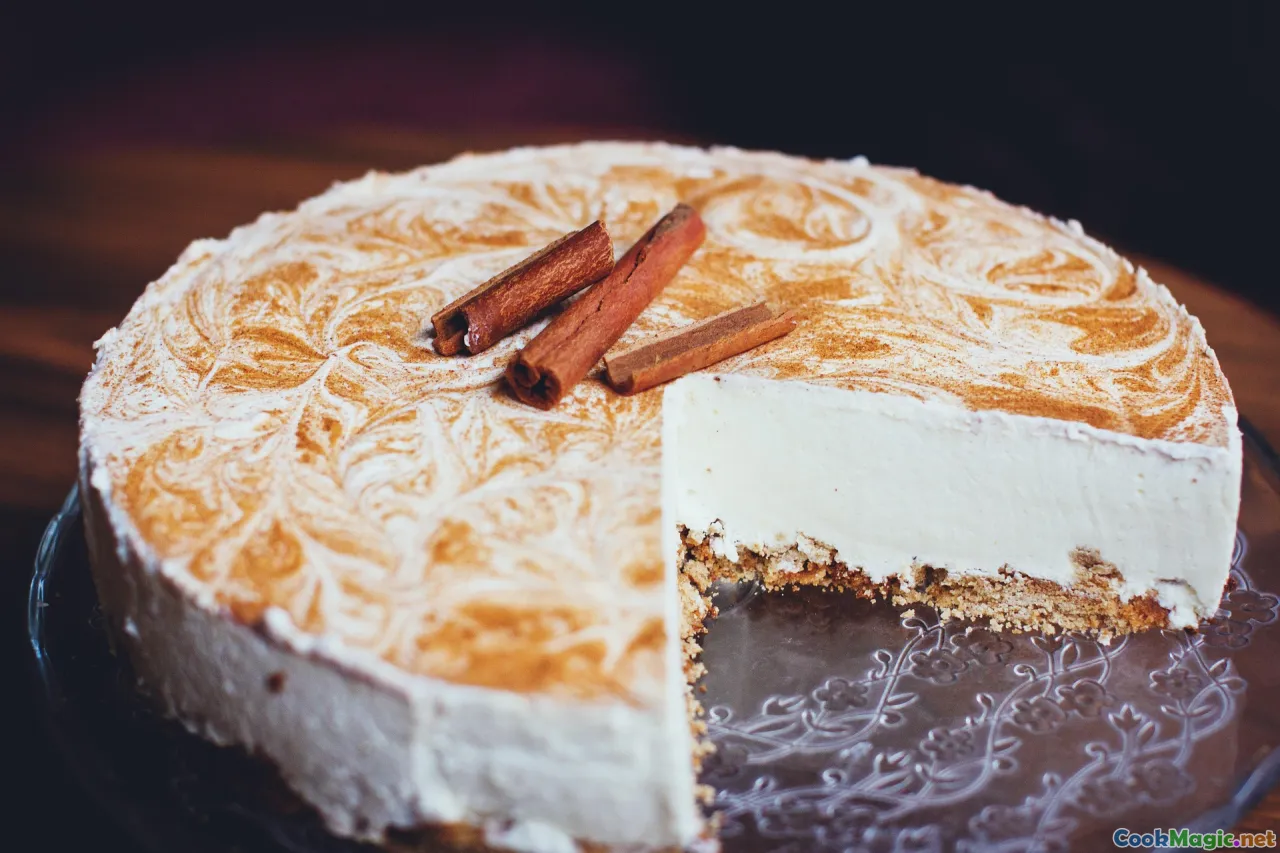
Balancing Sweetness in Sernik Cheesecake
There’s something undeniably enchanting about a perfectly crafted sernik — the classic Polish cheesecake that has found its way into the heart of Polish holiday tables, family gatherings, and cozy afternoons. Its smooth texture, velvety sweetness, and often fragrant aroma evoke generations of tradition and comfort. Yet, beneath its delightful surface lies a delicate dance of flavors — particularly, the artful balancing of sweetness — that turns a good cheesecake into an unforgettable culinary experience.
The Roots of Sernik: A Cultural and Historical Dive

To understand the importance of sweetness balance in sernik, we must first appreciate its deep roots in Polish culture. Sernik traces back to the times of the Polish-Lithuanian Commonwealth, where cheese-based desserts were valued for their nourishing qualities and delicate flavors.
Historically, sernik ingredients varied based on regional availability. In warmer southern regions like Kraków and Nowy Sącz, this cake was enriched with traditional Polish dairy — farmer's cheese (twaróg), topped with seasonal fruits or nuts. In the colder, more industrialized east, recipes evolved with the influence of intense dairy production, leading to rich, dense cheesecakes, often sweetened generously with honey or sugar.
Centering on the elemental importance of sweetness, Polish households traditionally used natural sweeteners like honey or confiture (fruit preserves), embedding their desserts with layers of tradition and taste. These historic influences echo in modern recipes, but balancing the sugar remains essential to honor the interplay of flavors that make sernik so beloved.
The Sacred Balance: Why Sweetness Counts
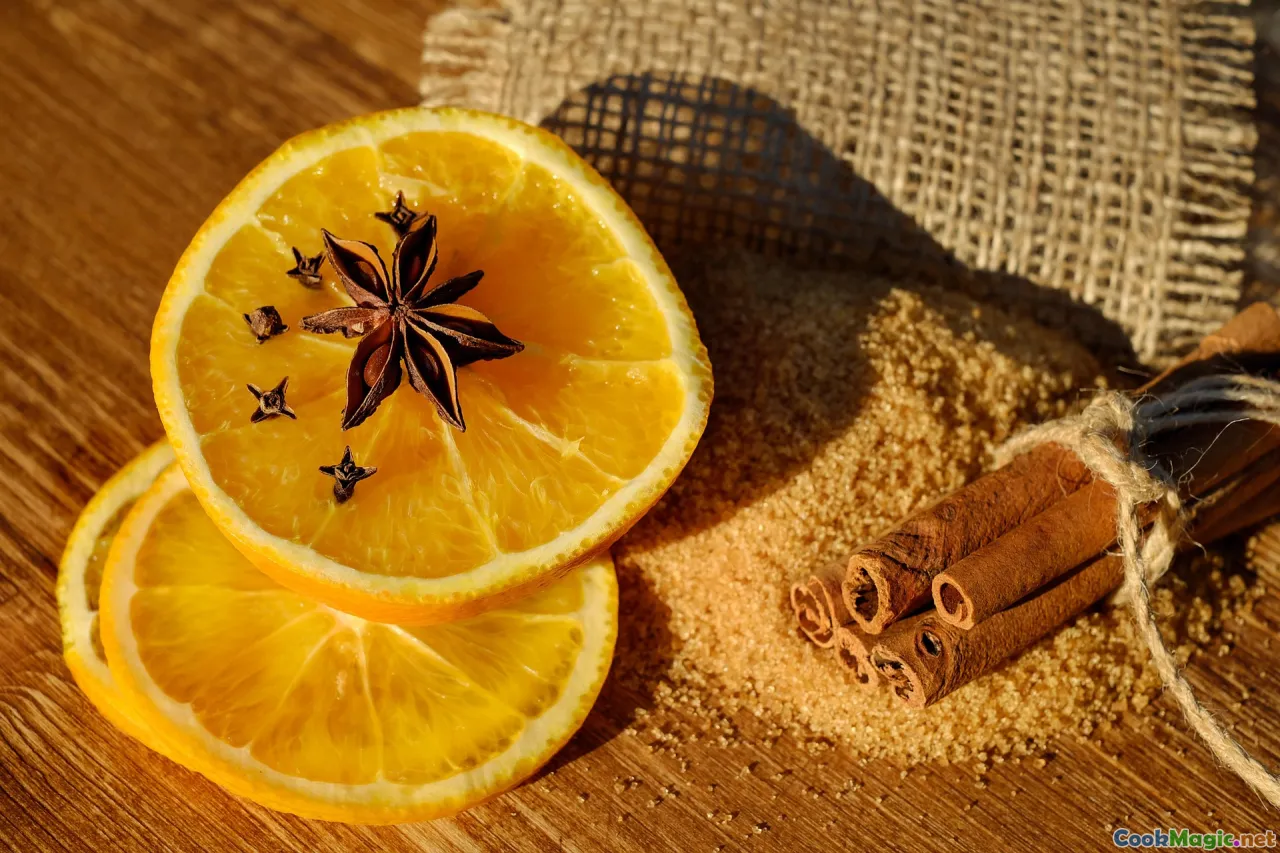
In the world of sernik, sweetness isn’t just a matter of personal preference — it’s a vital element that influences texture, aroma, and overall harmony. Too sweet, and the cake risks overpowering the subtle tang of twaróg, masking its creamy richness. Too little, and the dessert can feel bland, leaving a dry, dull finish, especially when paired with tart or fresh fruits.
Taste is ultimately subjective, but the key to a memorable sernik performance hinges on a nuanced understanding of ingredient ratios and flavor contrast. This balance enhances the natural dairy notes, accentuates the complementary fruity or nutty toppings, and ensures each bite teases, delights, and satisfies.
How to Achieve Perfect Sweetness in Sernik
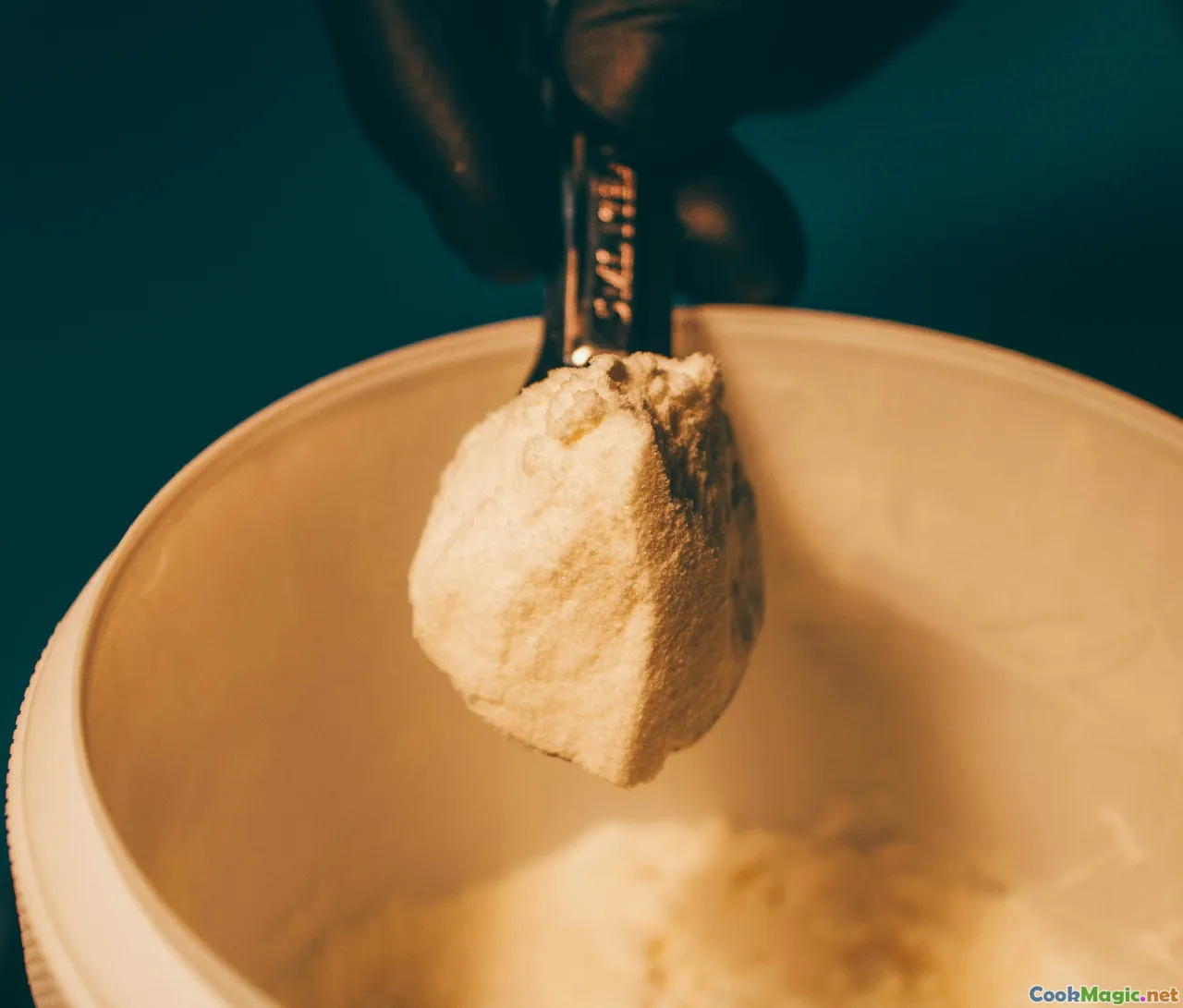
Achieving that ideal sweetness is as much artistry as it is science. Here are some tried-and-true tips from Polish pastry masters and modern bakers alike:
1. Start with High-Quality Dairy
A great cheesecake begins with good ingredients. Use authentic, full-fat twaróg or farmer’s cheese. Its inherently tart flavor provides a natural counterbalance to sugar.
2. Use Sweeteners Wisely
Many traditional recipes include granulated sugar, but some modern versions incorporate honey, agave syrup, or even maple sugar for depth. When substituting, remember that liquid sweeteners can affect batter consistency.
3. Incorporate Flavor Enhancers
A touch of vanilla extract or vanilla bean seeds subtly rounds out sweetness, adding complexity without excess sugar. Lemon zest or a hint of almond aroma also help amplify flavor layers.
4. Be Mindful of Fruit and Toppings
Many sernik recipes top their cakes with sweetened fruit compotes, dried fruits, or jams. Adjust the overall sugar accordingly if your toppings contain added sugar — balance is key.
5. Taste and Adjust During Baking
Always sample the batter before baking. It may taste a bit sweeter than desired raw, as baking diminishes sweetness slightly. Don’t hesitate to add a pinch more sugar if needed.
6. Texture and Sweetness Harmony
Remember that the texture can influence perceived sweetness. A lighter, fluffier cheesecake might need less sugar, while denser, richer varieties benefit from a touch more sweetness.
Comparing Classic and Modern Sernik: A Sweetness Spectrum
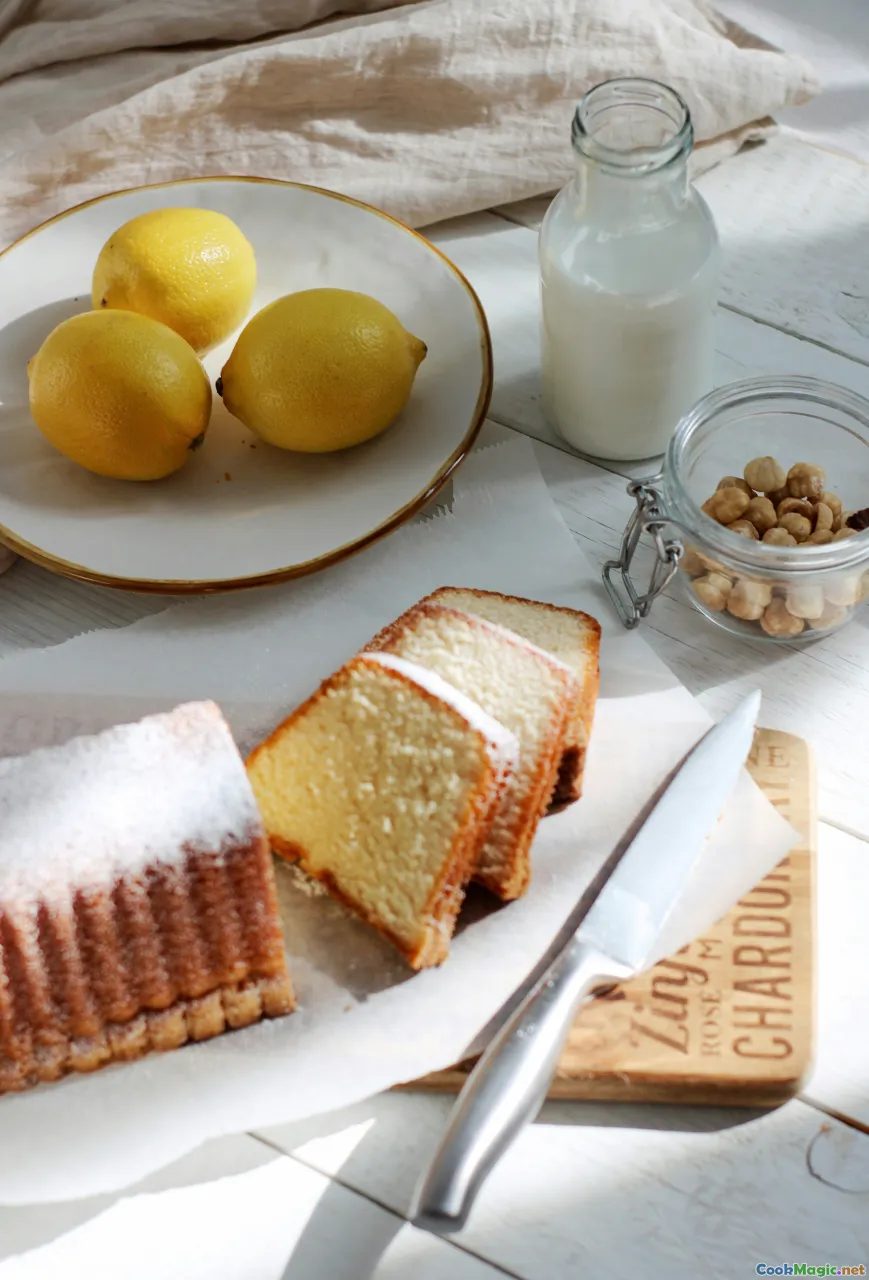
This culinary journey also involves examining how different eras and styles affect sweetness levels. The traditional sernik, often baked slowly, tends to have a slightly tart profile, accentuated by sour cream or kefir. Its sweetness is subtle, allowing the cheese’s natural tang to shine.
Modern interpretations, however, often lean toward bolder flavors with increased sugar and creative toppings. Nutella swirls, caramel drizzles, or whipped cream piped on top, all tend toward a sweeter profile — but even here, the delicate balance remains crucial.
Personal Touches From Polish Bakers
I recall a visit to a renowned Kraków pastry shop, where the sernik was subtly sweet, with a whisper of vanilla and a layer of tart cherry preserves balancing the richness. The baker explained they aim for a “harmonia smaków” — a harmony of flavors. This philosophy echoes through Poland’s culinary culture, where sweetness is never overpowering, but perfectly harmonized.
Practical Tips for Home Cooks: Perfect Your Sernik's Sweetness
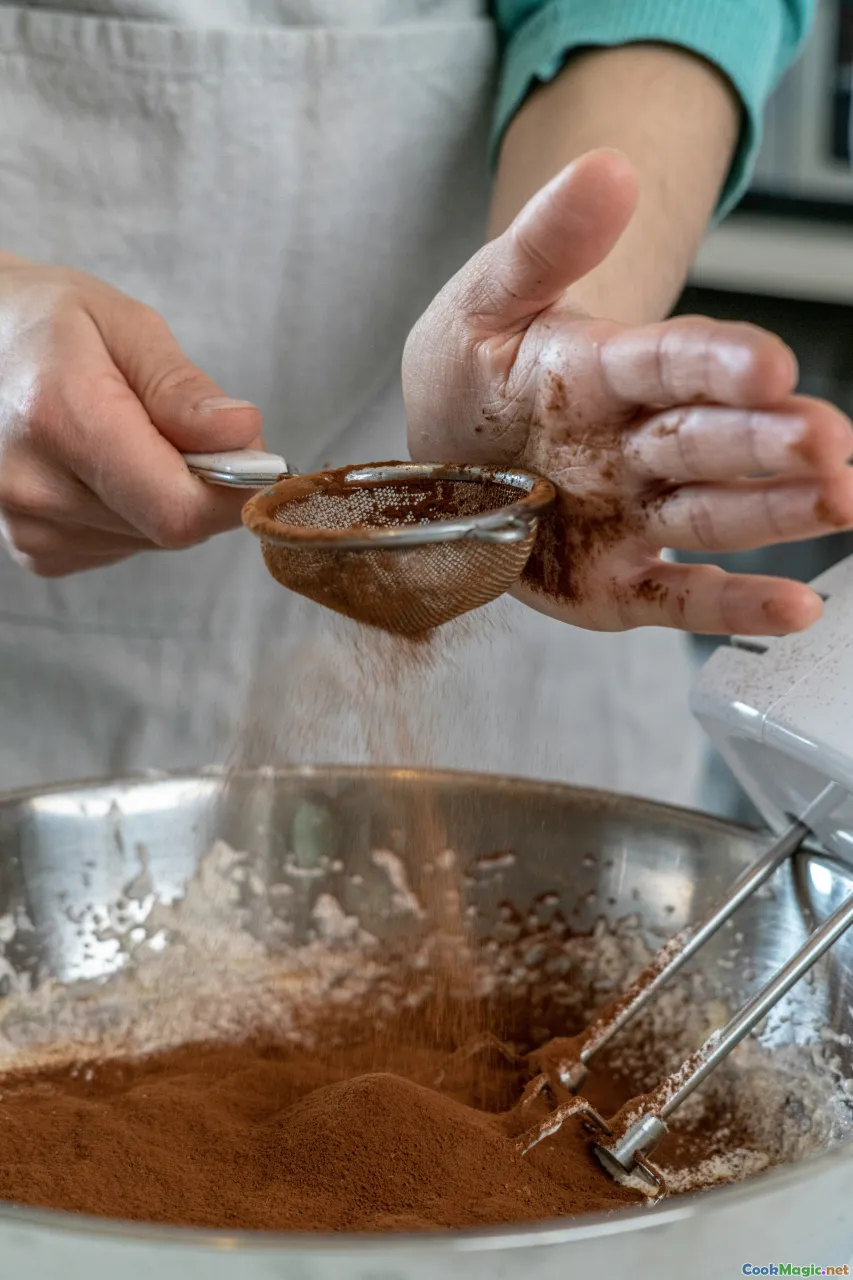
While the pros have their techniques, home bakers can also craft sernik with finesse. Here are some practical tips:
- Use a calibrated scale to measure sugar accurately — this prevents over- or under-sweetening.
- Incorporate taste testing at various stages: the batter, before baking, and after baking.
- Consider using honey or fruit preserves with natural sugars to add flavor complexity while controlling sweetness.
- Balance richness with a tangy fruit topping or a touch of lemon zest.
- Experiment gradually — small adjustments ensure you avoid over-sweetening.
Bridging Sweetness and Polish Tradition

Polish celebrations often showcase sernik as an emblem of comfort and communal warmth. During Christmas Eve (Wigilia), Easter, or family birthdays, sernik becomes more than a dessert — it’s a symbol of tradition.
In these settings, the balance of sweetness is especially poignant because it respects ancestral recipes while adapting to modern palates. For example, a traditional sernik might be subtly sweetened with honey and paired with tart apples to create a layered flavor profile that respects history and delights contemporary tastes.
Cultural intricacies often dictate the sweetness level — in some regions, a sweeter, richer cheesecake symbolizes bounty and prosperity; in others, a lightly sweetened, tangy variety signifies restraint and elegance.
The Emotional Connection of a Well-Balanced Sernik

Nothing underscores the importance of proper sweetness like the emotions it stirs. A slice of perfectly balanced sernik evokes feelings of nostalgia, warmth, and shared joy. It brings generations together, with each bite whispering stories of Polish fields, dairies, family kitchens, and festive celebrations.
A well-executed balance of sweetness ensures no element overwhelms—allowing the cheese’s creamy aroma to intermingle harmoniously with the subtle sweetness, leaving an indelible memory on the palate.
In Summary: Crafting the Perfect, Harmonious Sernik
Achieving the ideal sweetness in sernik isn’t merely about adding sugar — it’s about understanding the nuances of flavor, tradition, and personal preference. It’s a dance of restraint and indulgence, respect and innovation. From centuries-old recipes rooted in Polish soils to contemporary gastronomy experiments, mastering this balance elevates a simple cheesecake into a genuine cultural treasure.
Next time you prepare sernik, remember: the secret is in the harmony. Tweak your sweetness with care, taste mindfully, and savor every bite as a delicious act of cultural appreciation and culinary artistry.
Wesołych smaków — and may your sernik always be perfectly balanced!









